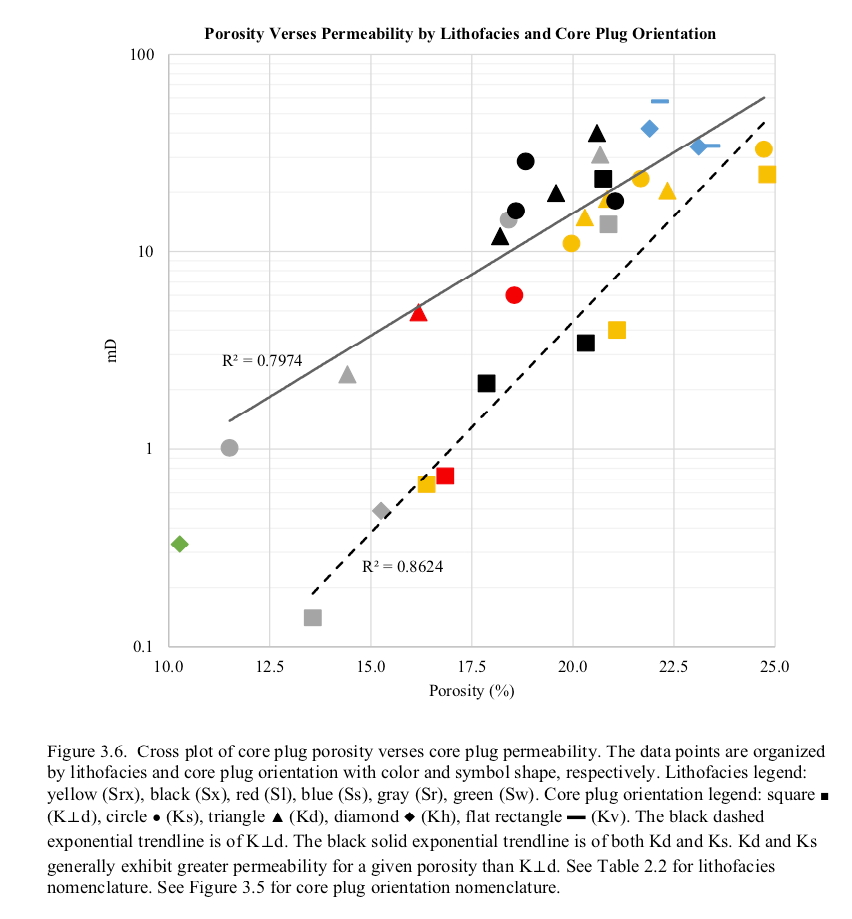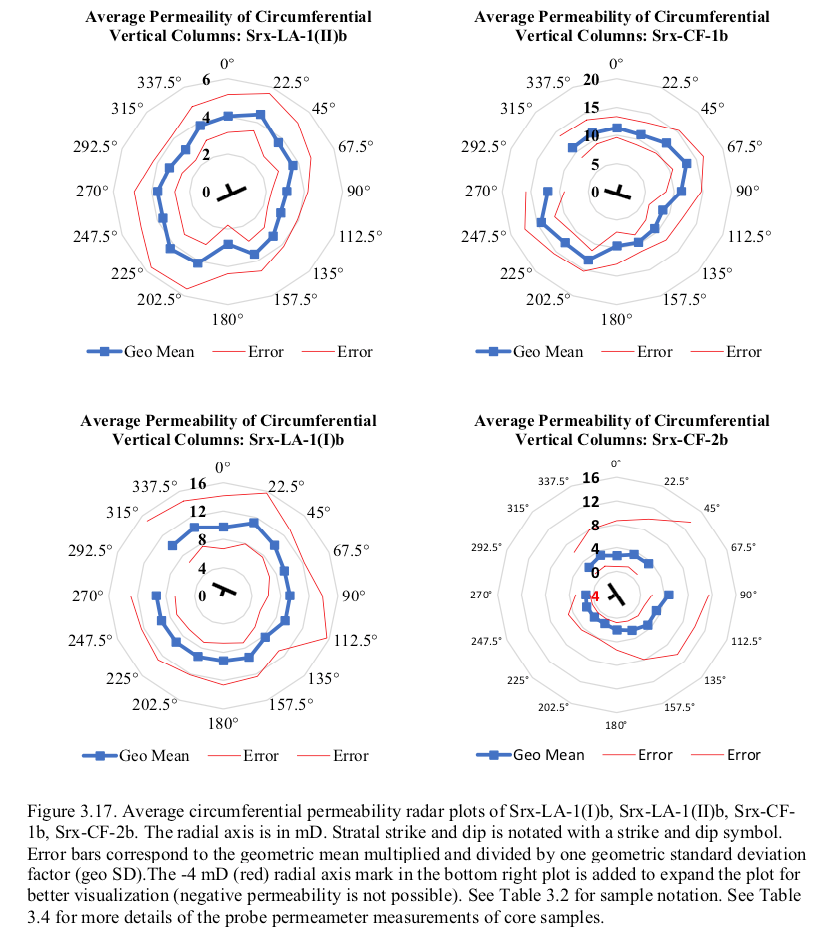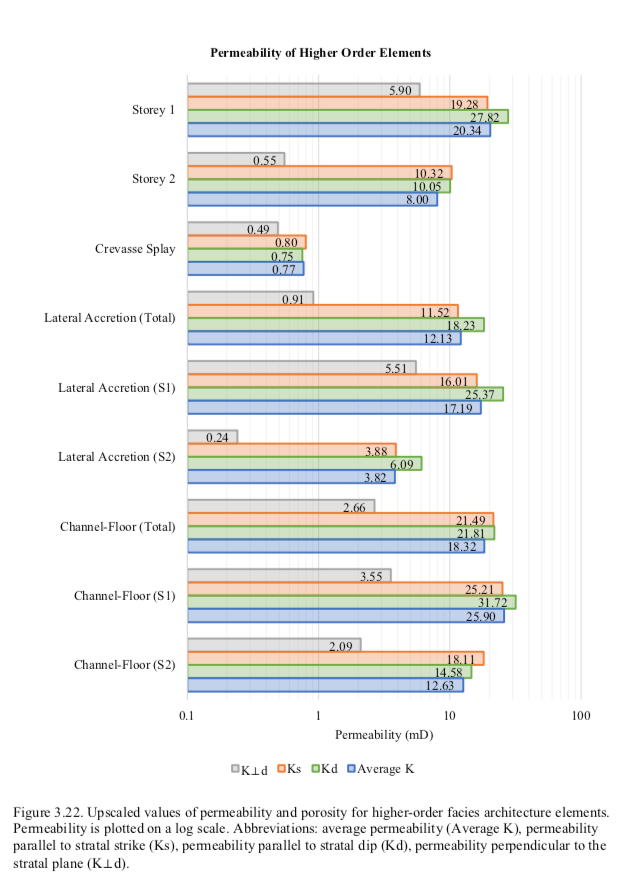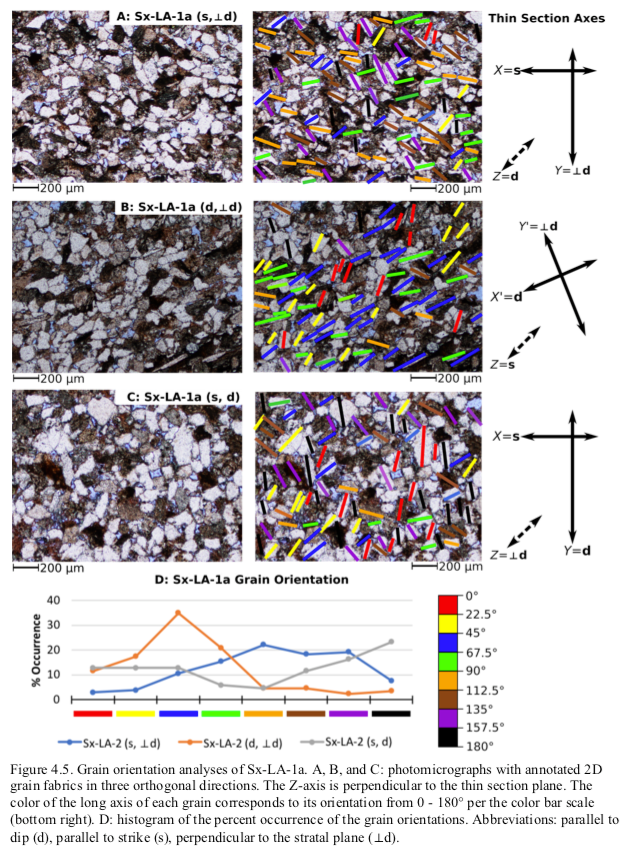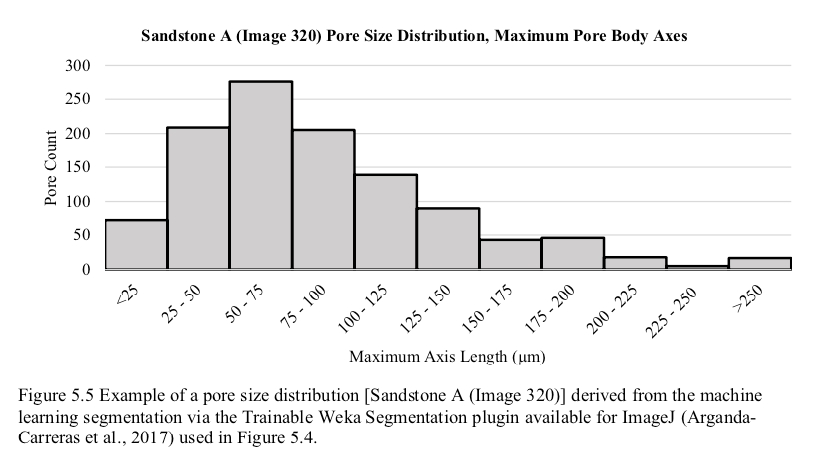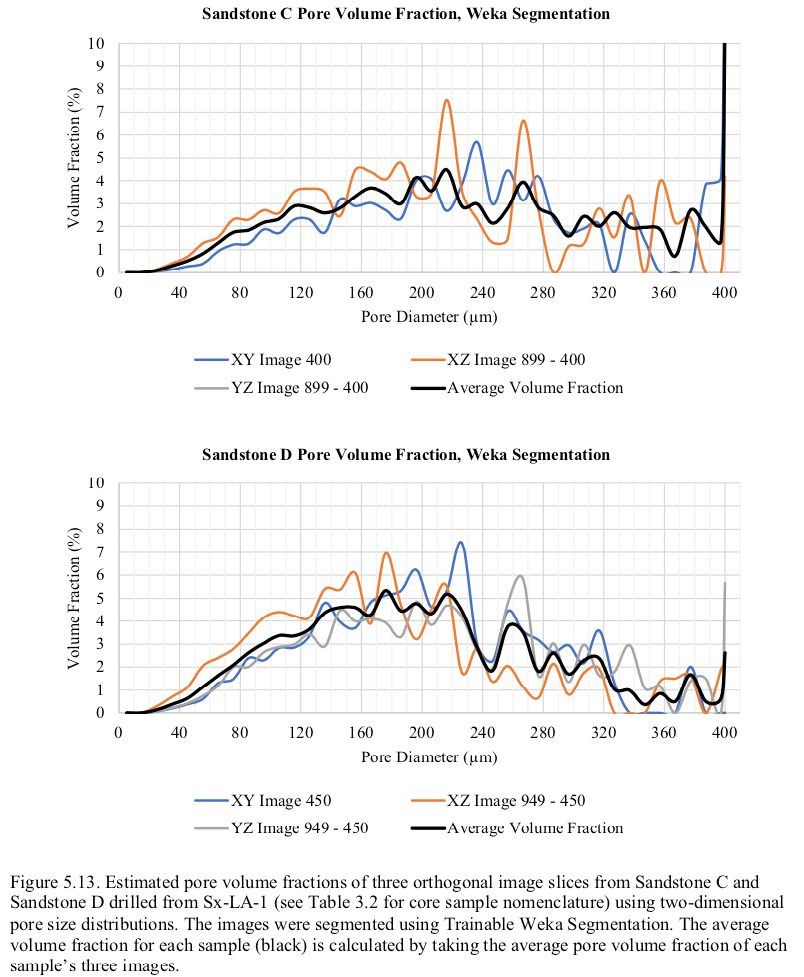Permeability Anisotropy of the Bartlesville Sandstone (Farr, 2020)
Graduate school thesis project at the University of Tulsa, OK (2018 - 2020)
2) Formal Defense Presentation (ppt)
3) Examples of Data Tables and Calculations (Thesis Appendix)
4) Additional Visualizations from Thesis
LINK TO FULL THESIS
Permeability Anisotropy and Meandering Fluvial Facies Architecture of the Bartlesville Sandstone, Nowata County, Oklahoma
Directed by Dennis R. Kerr
Permeability anisotropy demonstrated by sandstone reservoirs as a consequence of finer-scale geologic heterogeneity is of significant consideration in applications of hydrocarbon production, enhanced oil recovery, and the remediation of groundwater contaminant plumes. This study investigates permeability anisotropy relative to the meandering fluvial facies architecture elements of the Bartlesville sandstone (Middle Pennsylvanian, Desmoinesian Series).
The Bartlesville sandstone member of the lower Boggy formation is represented in core from well Solar MF Canada 1-AI drilled in Nowata County, Oklahoma. A hierarchical facies architecture consisting of three vertically stacked meandering fluvial stories was developed from a detailed core description. Permeability anisotropy was quantified relative to finer-scale facies architecture elements using core plugs drilled in the direction parallel to strike, parallel to dip, and perpendicular to the dip of stratal features. Laminated samples characterized by mud drapes and prominent grain size contrasts between adjacent laminations demonstrate permeability anisotropy up to and exceeding one order of magnitude whereby the minimum measure of permeability corresponds to the direction perpendicular to a stratal plane. Oriented core plug measurements were upscaled to quantify the permeability anisotropy of higher- order facies architecture elements. The magnitude of permeability anisotropy of each higher-order facies architecture element reflects the finer-scale mud drape abundance and the lamination character of its unique lithofacies composition.
Petrographic observations of oriented thin sections suggest that sorting, grain shape, and grain roundness do not significantly affect the petrophysical variations observed between samples. Laminated samples exhibit a common three-dimensional grain fabric relative to a stratal plane, but the extent of which this grain fabric influences permeability anisotropy remains uncertain. Samples with strong permeability anisotropy are distinguished by visually prominent, alternating porous and non-porous laminations. Non-porous laminations are characterized by relatively finer-sized framework grains and pore space reducing phases such as: ductile carbonaceous debris, micas and rock fragments, and poikilotopic carbonate cements. These non-porous laminations likely act as baffles to pore fluid flow and exert the first-order control on permeability anisotropy relative to the direction perpendicular to a stratal plane.
Miniplugs were drilled from two different laminated lithofacies and scanned with micro- computed tomography. The resulting micro-CT images were segmented with machine-learning tools. Observations of the heterogeneity of pore body distribution relative to laminations agrees with petrographic determinations. Porosity variations between miniplugs correlate with finer-scale permeability trends established by the probe permeameter. Permeability anisotropy predictions made on the segmented micro-CT image volumes (~0.008 in.3) agree with measurements made at the core plug- scale (~1.1 in.3) and demonstrate the effects of the finest-scale facies architecture elements on determining macroscopic rock properties.
